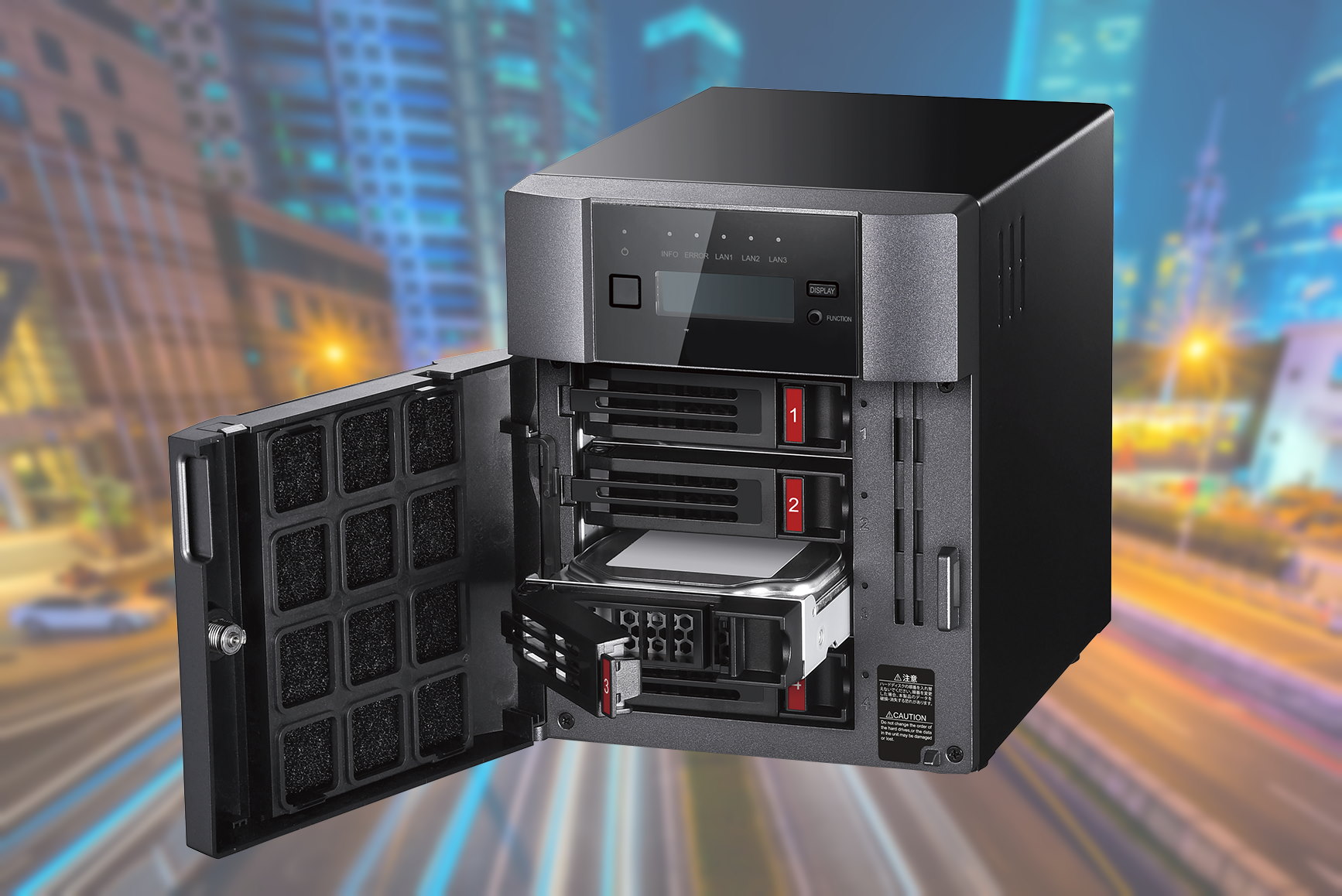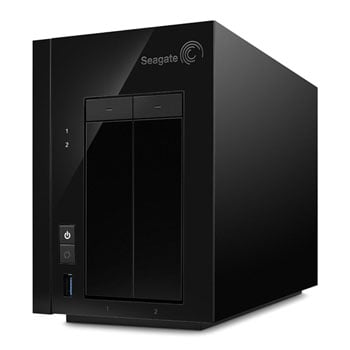

Each provides dedicated storage for a group of users, but they have totally different approaches.Ī NAS device is a relatively affordable single-storage device that serves files over Ethernet and is easy to set up. Both NAS and SAN were developed to make stored data available to multiple users simultaneously. There are two main types of networked storage: NAS and storage area networks (SANs).
.jpg)

Network switch: Users access data transfer protocols through this switch, which is essentially a central server that connects to everything and routes requests.Software: Storage software is preconfigured and installed on the above hardware and deployed on a lightweight operating system embedded in the hardware.Known as a NAS box, unit, server, or head, it transfers only two types of requests: data storage and file sharing.

Hardware: The hardware is simply a server that contains storage disks or drives, processors, and RAM.These “clusters” are often used for failover through a cluster-shared volume, which allows all cluster nodes to access the same data.Ī NAS consists of the following elements: When it’s used for shared storage, the NAS device attaches multiple servers to a common storage device. NAS devices deliver shared storage as network mounted volumes and use protocols like NFS and SMB/CIFS. All storage on the device is accessed at the file level through a file share. NAS operates with a traditional file system-either a New Technology File System (NTFS) or NFS for remote file services and data sharing. It is assigned an IP address, and data transfer between users, servers, and a NAS via TCP/IP. In basic terms, a NAS device is an appliance that directly connects to the network either through a hardwired Ethernet (RJ45) cable or via Wi-Fi, thus creating a LAN instead of WAN. While NAS is often thought of as a mini-server, its controller only manages disks for storage and does not operate as a server. NAS devices contain anywhere from two to five hard drives to provide redundancy and fast file access. Often, it is a simple combination of a network interface card (NIC), a storage controller, a number of drive bays, and a power supply. It is essentially a bundle of hardware and software with an embedded operating system to run independently. A NAS device runs on any platform or operating system.


 0 kommentar(er)
0 kommentar(er)
